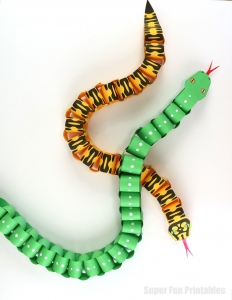Longleaf pine ecosystems provide a habitat for some unique reptiles and amphibians. The study of reptiles and amphibians is called herpetology. Join Morgan Freese from City of Wilmington Parks & Recreation Department for a deeper look into how these creatures make their home here.
Many reptiles and amphibians prefer the sandy soils found in the southeast. In the longleaf pine forest habitat, you can find more than 91 species of reptiles and amphibians! About a third of those species are specialists- meaning they are only found in the longleaf pine habitat.
Reptiles and amphibians make their home in the sandy soils of longleaf in many different ways. Gopher tortoises in the Gulf Coast region, burrow into the ground where they make their home. When a fire tumbles through the landscape, it can burn up the roots of old trees leaving tunnels- those are perfect holes for lots of reptiles! In fact, lots of these specialist species like gopher frogs and pine snakes spend most of their time underground. Some creatures, like box turtles, will hide underground or under logs to avoid the fire until it passes through.
If you’re out exploring, don’t forget to look up and around! Snakes love to climb trees, and you could also see lots of tree frogs and skinks.



